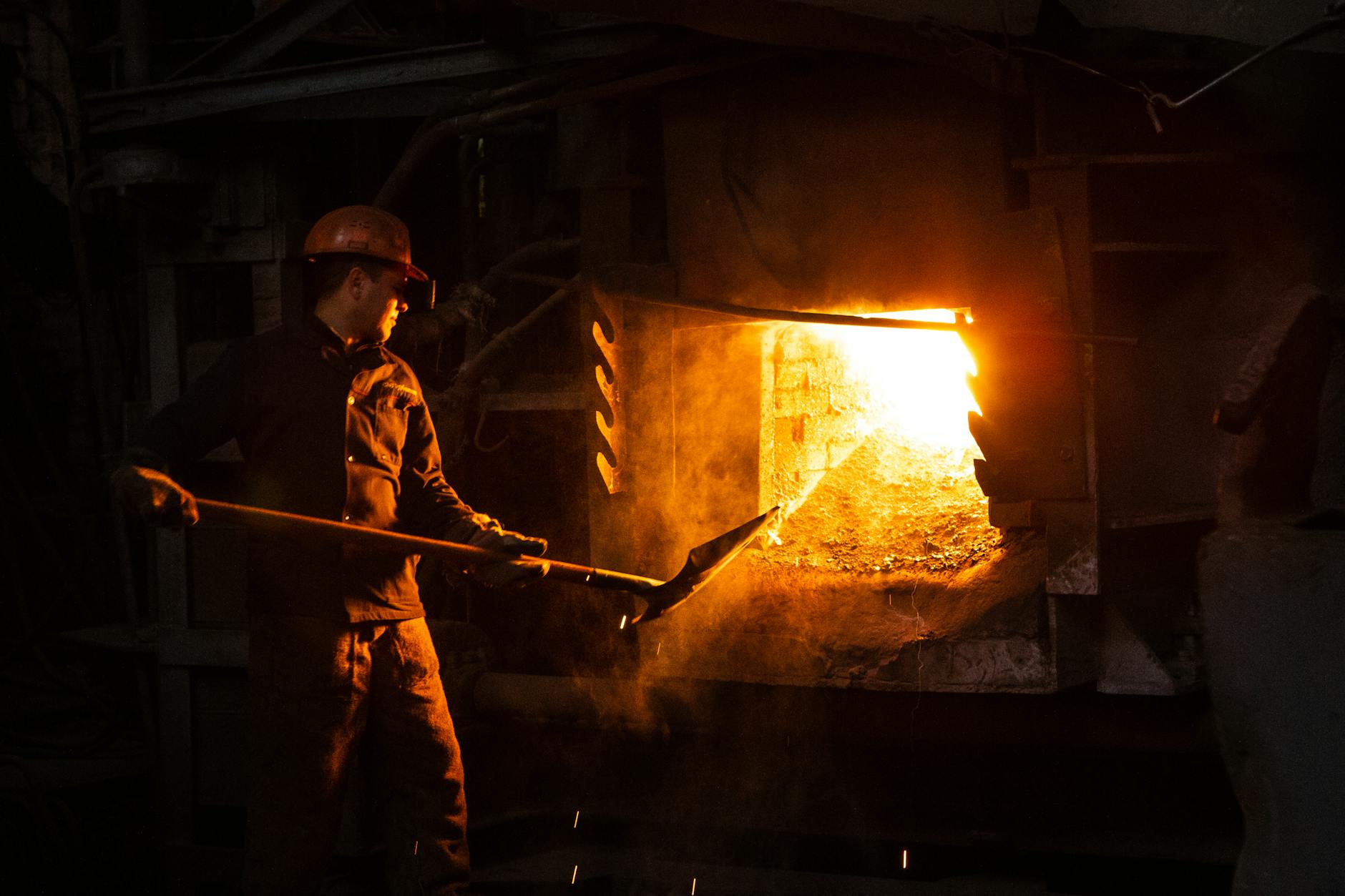
Heat Treatment Safety: Precautions in Industrial Processes
Introduction
Heat treatment is a critical industrial process used to alter the physical and sometimes chemical properties of materials. While it is indispensable for enhancing material characteristics, ensuring safety in the heat treatment environment is paramount. This article explores key precautions to be taken during heat treatment processes, emphasizing the well-being of workers and the integrity of the industrial setting.
Understanding Heat Treatment
- Purpose and Applications
- Enhancing Properties: Heat treatment is employed to modify material properties such as hardness, strength, and toughness.
- Common Applications: Widely used in industries like manufacturing, aerospace, automotive, and metallurgy.
- Types of Heat Treatment
- Annealing: Heating and slow cooling to relieve internal stresses.
- Quenching: Rapid cooling to achieve high hardness.
- Tempering: Reheating and controlled cooling for improved toughness.
Precautions for Worker Safety
- Protective Clothing and Equipment
- Heat-Resistant Attire: Workers should wear heat-resistant clothing to safeguard against burns.
- Face Shields and Gloves: Additional protection for the face and hands, considering potential splashes or contact.
- Training and Education
- Understanding Processes: Comprehensive training on the specific heat treatment processes in use.
- Emergency Response: Educating workers on emergency procedures in case of accidents or equipment malfunctions.
- Ventilation and Respiratory Protection
- Effective Ventilation Systems: Proper ventilation to dissipate heat and remove fumes.
- Respiratory Masks: Use of masks to protect against inhalation of harmful gases or particulates.
- Work Area Design
- Adequate Space: Ensuring sufficient space for workers to move safely.
- Clear Signage: Clearly marking high-temperature zones and emergency exits.
- Temperature Monitoring
- Regular Checks: Continuous monitoring of ambient temperatures.
- Remote Sensors: Employing remote sensors in high-temperature areas for real-time monitoring.
Equipment Safety Measures
- Regular Maintenance
- Scheduled Inspections: Routine checks to identify and address equipment wear or malfunction.
- Prompt Repairs: Immediate addressing of any identified issues.
- Proper Tool Usage
- Correct Equipment Selection: Ensuring the use of suitable tools for specific heat treatment processes.
- Regular Calibration: Calibrating instruments regularly for accuracy.
- Emergency Shutdown Systems
- Accessible Controls: Locating emergency shutdown controls in easily accessible areas.
- Training on Emergency Protocols: Ensuring workers are trained to use emergency shutdown systems effectively.
Material Handling and Storage
- Secure Storage
- Proper Segregation: Segregating materials based on their heat treatment requirements.
- Fire-Resistant Storage: Using fire-resistant storage for combustible materials.
- Careful Handling
- Use of Handling Equipment: Employing appropriate machinery for transporting hot materials.
- Training on Safe Handling: Ensuring workers are trained in the safe handling of materials during and after heat treatment.
Conclusion
Heat treatment is a cornerstone in various industries, but its effective implementation requires a steadfast commitment to safety. By prioritizing worker protection, regular equipment maintenance, and stringent material handling practices, industries can harness the benefits of heat treatment while maintaining a secure and sustainable work environment.
Fire Hazards and Control Measures
What is the Life of a Fire Sprinkler?
Frequently Asked Questions (FAQs)
- What is the purpose of heat treatment in industrial processes?
- Heat treatment is used to modify material properties, enhancing characteristics such as hardness, strength, and toughness for various industrial applications.
- What are the common types of heat treatment processes?
- Common types include annealing, quenching, and tempering, each designed to achieve specific material properties.
- How can worker safety be ensured during heat treatment processes?
- Ensuring the use of protective clothing and equipment, providing comprehensive training, maintaining proper ventilation, and monitoring temperatures are crucial for worker safety.
- What precautions are essential for the safe handling of materials in heat treatment?
- Proper storage, segregation based on treatment requirements, and careful handling using suitable equipment are essential precautions for material safety in heat treatment processes.
























